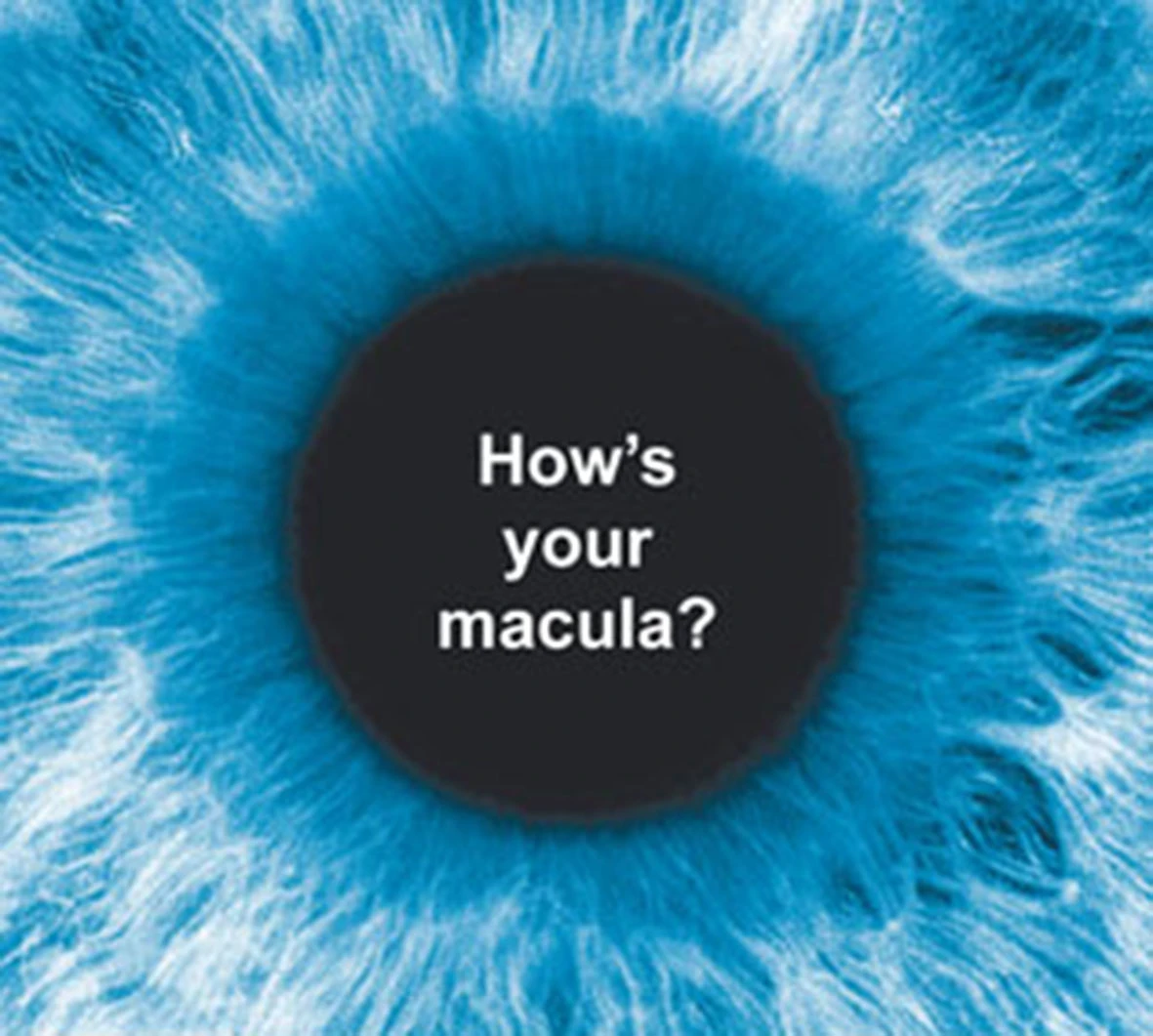Laser eye surgery: like a piece of cake
personalEYES | 12 Sep 2019

There’s one question people ask me almost every day in my work as an ophthalmologist. Time and again, prospective patients want to know what’s better for cataracts: traditional surgery or laser surgery?
What’s the difference between laser and traditional cataract surgery?
In the past, cataract surgery was done manually with blades and forceps to open the cornea and remove the lens. Now, the surgeon can guide a laser, which creates perfectly clean, consistent cuts. Lasers mean that there are fewer steps involved, and the ultrasound can be used less.
Sounds like an obviously better solution, right? Well, not everybody feels that way. Most of the reluctance to embrace laser surgery is rooted in its higher cost. Because it isn’t reimbursed by Australian health funds, some patients choose to go the path of traditional cataract surgery.
Is the extra cost justified?
As a doctor, I believe the outstanding safety of laser surgery makes it the winning option. However, it can be difficult to prove, as conventional cataract surgery is already extremely safe. The risk of complications is less than 1%, making any improvements seem only minor.
A piece of cake
 Imagine that the eye is a sealed plastic box containing a cake, which represents the lens of the eye. The aim is to open the box, remove the cake and refill it with a new cake, without scratching the box.
Imagine that the eye is a sealed plastic box containing a cake, which represents the lens of the eye. The aim is to open the box, remove the cake and refill it with a new cake, without scratching the box.
Using this analogy, the complications during manual cataract surgery tend to happen during one of two risky steps. The first one is during the opening of the box. If the opening is not complete, or if the box is perforated, the cake – or lens – can fall out. These complications mean that the surgeon may not be able to insert the new cake into the box. In 99.9% of cases, a laser can be trusted to accurately complete the opening of the cornea.
Secondly, you don’t want the knife to scratch the bottom of the box. To be cautious, you have to fire the laser away from the edges and the bottom of the box. Then, the ultrasound is used to remove the fragmented pieces. But because the laser avoided the bottom half, there is a thick layer of cake left at the bottom of the box. This layer protected the plastic at the bottom of the box – or in the case of surgery, the part of the eye behind the lens.
This is layer is called an epi-nuclear plate, and it can be removed using less risky instruments. While the epi-nuclear plate can be created manually, the laser is more consistent, giving a 500 micrometre thick plate every time.
It’s clear that laser surgery significantly minimises the risk to patients because of its foolproof consistency and accuracy. My hope is that as public health funding keeps up with technological developments, all patients will soon be able to access laser surgery to treat their cataracts.



